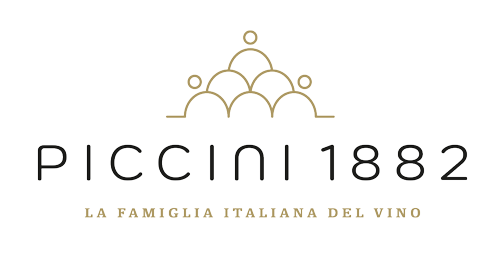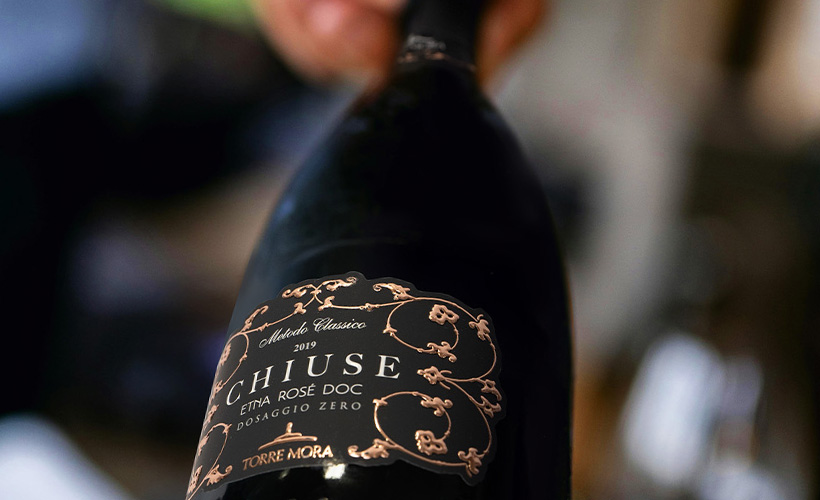Bubbles, a symbol of elegance and vivacity, are the result of two main production methods: the Classical Method and the Charmat-Martinotti Method. The Metodo Classico, the oldest, involves re-fermentation in the bottle, as in the case of Etna DOC Rosé, where yeasts transform sugars into alcohol and carbon dioxide, creating perlage. The process can take up to years, increasing the wine’s elegance and complexity.
Whether because of their lively effervescence or their pleasantness, bubbles have always boasted a special appeal. Yet, barely 400 years have passed since man discovered the secrets of sparkling wine making. Since then, various winemakers throughout history have tried their hand at devising new techniques to obtain the coveted bubbles. To date, there are mainly two methods employed: the Classical Method and the Charmat-Martinotti Method.
The former (known in France as méthode champenoise) is the oldest process, characterized by refermentation in the bottle. This is the case with our Etna DOC Rosé Metodo Classico, produced on our Sicilian estate of Torre Mora. Its grapes are harvested at least two weeks before the usual harvest time to preserve the high acidity of the fruit. After receiving an initial fermentation, the wine rests for a few months in contact with the fine lees, then is bottled, along with a mixture of selected yeasts and sugar (liqueur de tirage). Slowly, the yeasts act by transforming the sugars into alcohol and carbon dioxide, producing the characteristic bubbles (perlage). Exposure to the yeasts can last from a minimum of 18 months, up to many years, making, as time passes, the wine’s organoleptic profile increasingly elegant and complex. Finally, it becomes necessary to remove the yeast lees by gradually rotating the bottles, allowing the residues to collect along the neck of the bottle, to facilitate their removal. To compensate for the loss of wine volume due to lees removal, a special sugar-based solution (liqueur d’expedition) is added, the composition of which varies from winery to winery.
Until the close of the 19th century, this was the only method used, before Asti’s Federico Martinotti devised an alternative technique in 1895 that could cut production costs. The process was then refined and put into practice by Frenchman Eugene Charmat in the early 20th century. Thus was born the Charmat-Martinotti Method, which involves a second fermentation in stainless steel autoclaves. Here, the wine ages on the lees for a few months, repeating the chemical process already seen for the Metodo Classico. The result is fresh and fragrant wines, such as our Collezione Oro Blanc de Blancs, which sports a rich aromatic profile, with tones of citrus and tropical fruit.
If, on the other hand, aging in autoclaves exceeds 9 months, we speak of long Charmat, as in the case of our Vermentino Brut Tenuta Moraia, a fragrant wine that brings out the aromatic soul of Vermentino. In addition, the long aging period ensures, while not touching the peaks of the Metodo Classico, greater complexity and elegance.







